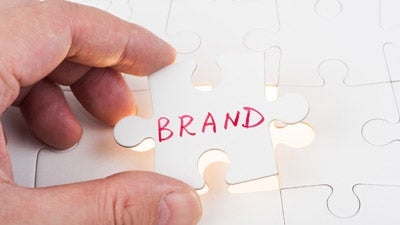
I recently attending a breakfast discussion at the Odette School of Business at the University of Windsor. It was facilitated by Dr. Fritz Rieger. The subject being discussed was how to anticipate the outcome of two companies joining forces, through Acculturation—a model of cultural adaption.
He essentially outlines four directions the corporate cultures would go. First of all, they would either assimilate completely into the new culture or do the opposite: separate themselves while the stronger entity would continue its home culture. The other two directions are the softening of the model and probably the more desirable positions. They are that the companies would integrate and benefit from their mutual contributions or they would de-culture and assume an entirely different model unique to either side.
Dr. Rieger then gave real-world examples of this and their outcomes, and where they fit into the diagram. His best model was the American company Chrysler and the German company Daimler. Each company has a traditional cultural difference. It was a great example for his model. A question from those assembled intrigued me. Someone asked, “Where might a company typically fall into the model, when their motivation to partner is desperation due to a down-market?” The key word (to me) here was “motivation”.
When desperation is the motivator, how clear is a company in making rational decisions that may in the long term be detrimental? There may be some immediate return in moral support (strength in numbers), but what is the potential damage to your brand, if you are even able to maintain your brand—or will it be absorbed into the other partner’s culture? The Dr.’s acculturation model is a good one if one is considering a move to partner but maybe hasn’t thought through the possible brand impact due to differing corporate cultures. The model nicely takes into account egos and maturity.
If your brand is a strong one, but numbers have slipped across the board due to the economy, companies in their war rooms entertain many solutions. If they’re considering partnering, the fit is naturally one consideration. Invariably one of the candidates will be the stronger company with the deepest pockets, but lets say that this company has actually the weaker brand at this point in time. Which brand will rise to the surface in the partnership? If both parties can put aside egos, would the resulting corporate make-up see an opportunity in growing the stronger brand as opposed to the one of the richer company, which may actually be the weaker brand? Would they recognize that the stronger brand has a better chance of returning bigger profits in the long run and benefit more from the combined strengths of the partnership, or would the relationship implode?
I contacted Dr. Rieger and shared my thoughts with him. He proposes the following scenario would probably happen based on his research:
“At the end of the day, the stronger (takeover) partner (with the deepest pockets) will be the one to decide how the “acculturation” will take place. If the stronger partner believes that adopting the brand of the weaker has commercial value, then it may indeed choose to adopt that brand name and identity. However, in much the same way that the incoming settlers may choose to “go native” in order to survive in a new land, over time, the conquering settler will seek to modify the “native” culture to better fit their own customs. Often the only aspects that survive of the native culture, or brand, are the external commercial trappings and everything else (management) reflects the takeover partner. Over time, there will be little left of the stronger brand, since all of the “culture” that supported that brand has been stripped away.
A good example is the Sears takeover of Eaton’s (in Canada). Eaton’s had the stronger brand and Sears kept the name in hopes of retaining the customer base, but ran it much like Sears. Customers noticed the difference and the customer base shifted. After a while, even the name was abandoned and takeover Sears became Sears in name as well.
While it is possible to “assimilate” in one aspect and remain “separate” in another, it is really quite difficult. The result doesn’t last because cultures (and companies) are holistic. Management affects operations affects morale.”
So, in the world of corporate branding, Dr. Rieger’s scenario adopted the brand image but NOT the brand values. They maintained their own values, which of course would work against the company with the stronger brand recognition, that brand being built on “their specific values.” Without those unique brand values the conqueror fails, because a brand is the sum of it’s many elements.
When I discuss branding with companies, one key element in our discussions are the company brand values. It is commonly understood and agreed that without them the company would cease to exist. They are the foundation of the company. So then Eaton’s had to fail. Sears was not prepared to just be a silent partner, and the customers were not prepared to accept the altered brand—it was not what they had grown to love. Once you change the brand values the customer loves, the brand withers.
Published: August 7, 2013
4891 Views
4891 Views











